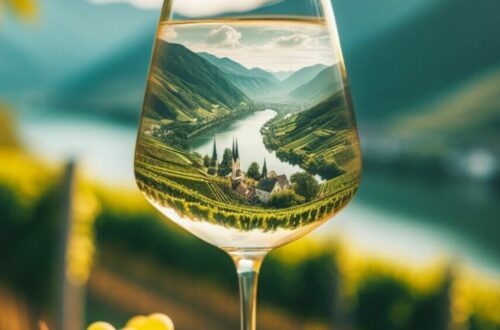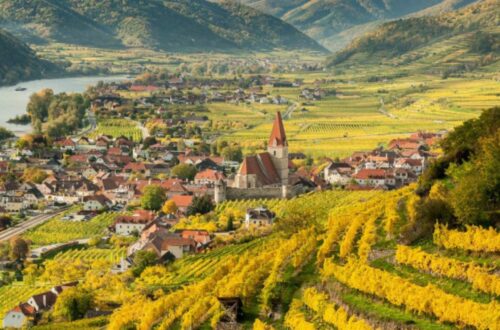-
The Impact Of Terroir On Grüner Veltliner Production
Ever wonder what makes a Grüner Veltliner so darn special? It’s not just sunshine and happy vines (although those play a big part!). The secret weapon? Terroir – that fancy French word for a whole lot of things that influence how a grape grows and tastes. We all know soil is important, right? If you don’t, you’re new here! and…
-
Is Riesling German or Austrian?
Riesling is a white grape with high acidity and susceptible to Botrytis (noble rot). It is very aromatic and the fruit characteristics vary according to ripeness : green fruit and citrus aromas to stone fruit, tropical fruit and dried fruits. It can be harvested and vinified in many ways. Sweet Rieslings can be achieved by interrupting the fermentation or by…
-
How do you identify a Blauer Zweigelt red wine from Austria?
Austria is best known for the quality of its dry or sweet white wines, made from both autochthonous Grüner Veltliner and Riesling or botrytised dessert wines from Welschriesling. However, it also produces many excellent red wines made from local grape varieties such as Blauer Zweigelt and Blaufränkisch. In fact, Blauer Zweigelt is even the most common red grape variety in…
-
Traisental wine
Traisental is an Austrian wine region with a rich history spanning over 500 years! The vineyards cover more than 1,500 acres. With over 50 vineyards contributing to the production of over 10 million bottles of wine, Traisental has established itself as a prominent wine-producing area. Visitors to Austria can explore the charming small towns within Traisental, such as Traismauer, which…
-
Kamptal wine
Kremstal and Kamptal, the neighboring regions of Wachau, unfortunately often live in its shadow. This is a sad fact considering that both regions exemplify the magnificence of what Austria has to offer in terms of winemaking. However, the good news is that these two regions not only offer exceptional quality but also provide excellent value for money. The two regions…







